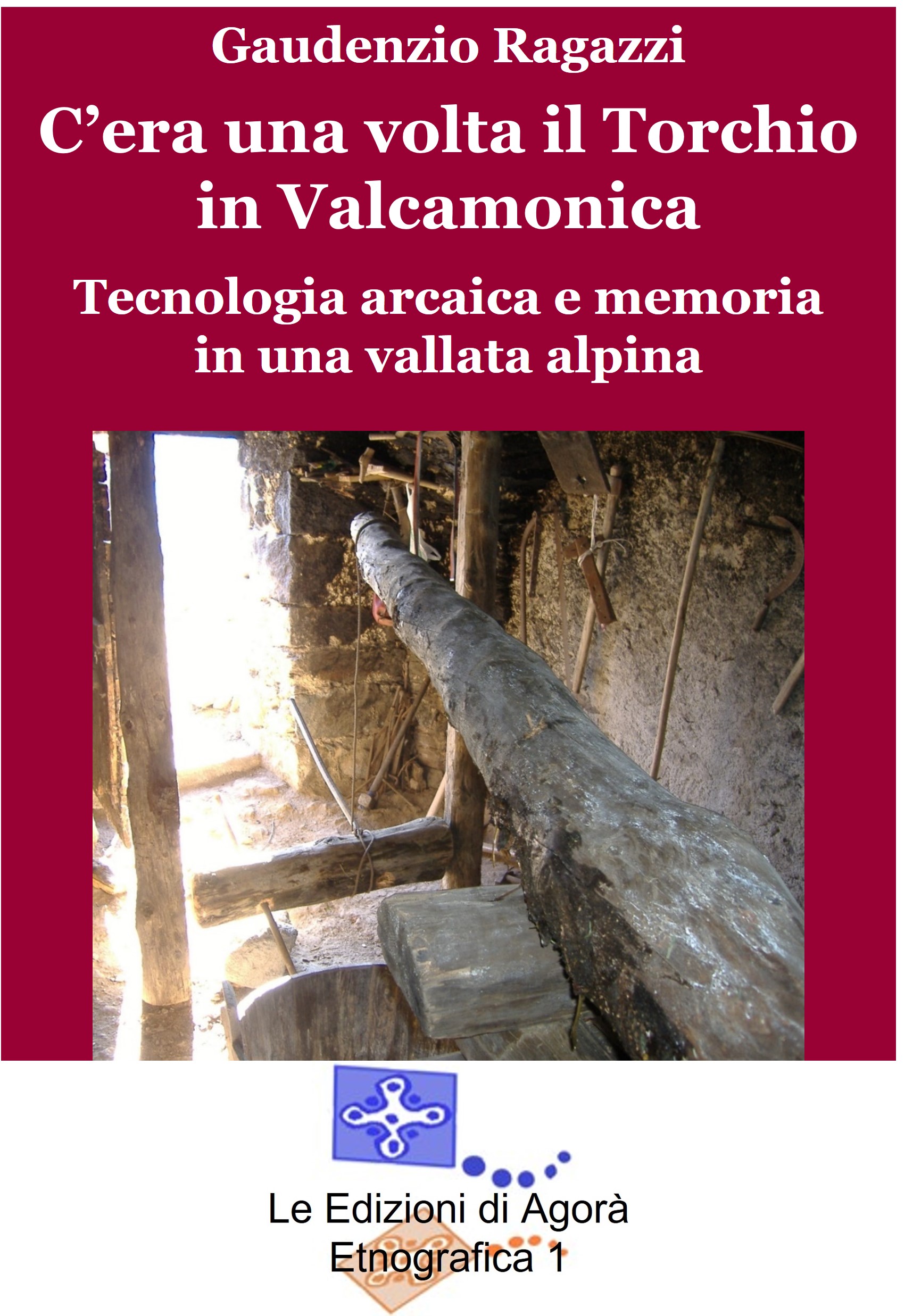
A group of initiates ritually strikes with spears the image of a kangaroo drawn on sand (from Hutchison, 1915). It is a phase of the initiatory ritual of the ceremony “Bora“ of the natives of Eastern Australia, set up with the purpose of initiating the youth to the secrets of masculine society. In these ceremonies the sacred myths of the tribe are told in form of mime show, as a teaching to the youth of traditional beliefs. Archaeologists have often used the materials related to primitive people to give a cultural identity to the archaeological documents brought to light. From the uncritical application of these data a picture emerged in which the prehistoric civilizations from time to time incorporated either the propitiatory hunting rituals of Arctic people; or the cult of bones of Tasmanians or of Amazonian Indians; or a totemic cult of the Australian aborigines. This way of working, which often generated confusion and inaccuracy, can be explained in the semi-true idea that prehistoric civilizations showed “clearly” the same traits of “primitive” contemporary people.
The paintings that the scholars have found in the depth of some caves of Franco-Cantabrian area had a considerable importance for the paleolithic people (from 35,000 to 10,000 years ago) who made them. Not for nothing entering these caves involved serious dangers. The three long tunnels of the Trois Frères cave, for instance, could be reached only by crawling, without ever lifting the head for forty meters, through a narrow passage.

Montespan Cave, Upper Paleolithic (from Breuil). Representation of a bear, pierced by javelin shots. At the time of discovery, next to the image was a bear skull and traces of his skin. Footprints, paws and claws of the cave bear have been preserved around the image. The footprints were arranged in a row around the sculpture. A ritual similar to that performed by the aborigines may have been performed around the sculpture. The image of animals pierced by spears in the vital parts of the body is widespread in many European Paleolithic caves.

Trois Frères, France, Upper Paleolithic (from Anati). Cave bear riddled with blows. The image shows the blood stream coming out of his mouth.
To see these paintings it was necessary to cross underground rivers, surmount crevasses and face many tricky obstacles. The great difficulty for man to penetrate into these underground chambers expresses clearly the aims of the whole procedure, surely not limited to the mere pleasure of enjoying an art work.
For what purpose did these men enter the depths of a cave, where darkness is complete, to create images? Who could have ever seen those images, besides the artist who made them? Certainly the purpose of their creation is not that of art for art, because access to these images was probably allowed only to a small circle of initiates and only rarely and in particular recurrences to the entire community. Of course, to all these questions the prehistoric art scholar can not yet provide an adequate answer.
André Leroy Gourhan, who was one of the most important scholars of prehistoric thought with Emmanuel Anati, argues that “prehistoric man has left us only fragmentary messages. During a long ritual, he may have deposited a stone and on this he made the offer of a bison liver roasted over a plate of bark painted with ocher.The gestures, the words, the liver, the plate, have disappeared, as for the stone, only a miracle would allow us to distinguish it from the others scattered all around” (A. Leroy-Gourhan, Les Religions de la Préhistoire, 1964).

Tuc D’Odubert, Ariège, France, Upper Paleolithic (from Breuil). Near the bottom of the cave, the bas-relief of two bison was found around which the footprints of about 50 heels of young people between 10 and 15 years are present in the ground. According to V. Nikolsky, the young people were performing the bison dance, taking care not to leave the mark of the toes in clay to imitate the object of the dance, the fingerless bison. Some of the footprints left on the ground lead to a cavity in which there are five columns of clay, probable phallic representations (Nikol’skij).




0 Comments